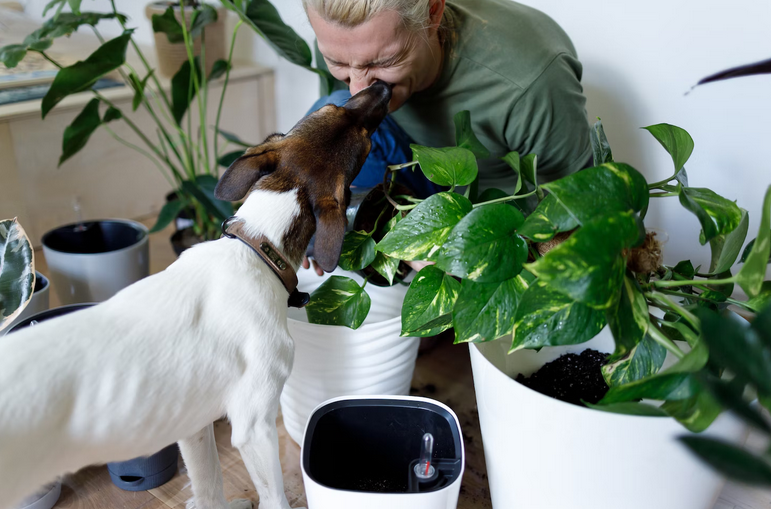Pet-Friendly Plants: Adding Greenery Without Worrying About Pet PoisoningPet-Friendly Plants: Adding Greenery Without Worrying About Pet Poisoning
For pet owners, the desire for a verdant indoor oasis can be balanced with the safety of our beloved four-legged companions. While some plants can pose risks to pets, there’s a vast array of greenery that coexists harmoniously with our furry pals. According to the Humane Society, poisonous plants lead to nearly 100,000 pet poisonings each year. It is essential to know which plants are safe for pets and which can cause harm, and for this, conscious gardening is the key.
The Science Behind Pet-Safe Plants
Scientific studies, including research published in the Journal of the American Veterinary Medical Association, shed light on plant species that are non-toxic to pets. These studies emphasize the importance of choosing safe varieties to prevent potential health risks to our furry friends. The two primary sources of danger are ingestion and contact with plant toxins. According to the ASPCA, when shopping for plants, it’s essential to read labels or consult qualified nursery staff about potential hazards.
Common Problems Caused by Toxic Plants
Common symptoms of plant poisoning in pets can include rashes, vomiting, diarrhea, mouth irritation, and breathing difficulties. In more severe cases, depending on the type of plant ingested or contacted, seizures and organ damage may occur. According to the Animal Poison Control Center, some of the most toxic plants for pets include lilies, sago palms, azaleas, tulips, and daffodils. It’s essential to keep these plants out of reach or avoid them altogether if you have pets. It’s best to seek veterinary care immediately if your pet shows any signs of illness after being exposed to a plant.
Tips on Choosing Pet-Friendly Plants

There are many options for pet-safe plants that can add beauty and serenity to your home. Some of the top choices include spider plants, ferns, orchids, African violets, and succulents. These plants are not only safe for pets but also relatively low maintenance and easy to care for. When selecting new additions for your indoor space, look for labels or ask a professional at the nursery for pet-safe options. It’s also important to keep in mind that while these plants may pose no threat to your pets, they may still cause mild digestive upset if ingested.
Creating a Safe and Pet-Friendly Environment
Aside from choosing safe plants, there are other ways to create a pet-friendly indoor environment. Avoid using pesticides or chemical fertilizers on your plants, as these can be harmful to pets if ingested. Also, consider using pet-friendly cleaning products and keeping all hazardous substances out of reach from curious paws. Regularly inspecting plants for any signs of damage or wilting can also help prevent potential problems.
Integrating pet-safe plants into home décor isn’t just about safety. It’s also about creating visually pleasing indoor landscapes. Scientifically approved pet-friendly plants offer a diverse range of colors, textures, and sizes, ensuring an aesthetically pleasing environment for both pets and humans. By integrating scientifically validated pet-friendly plants into our indoor spaces, we can curate environments where pets roam freely without compromising their …

